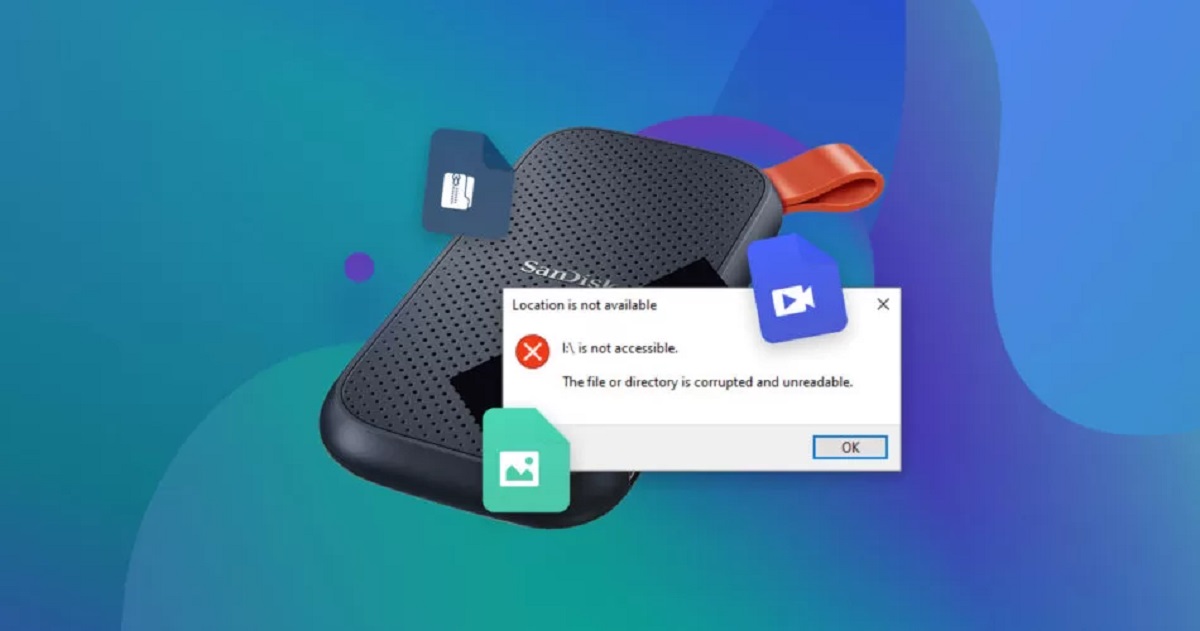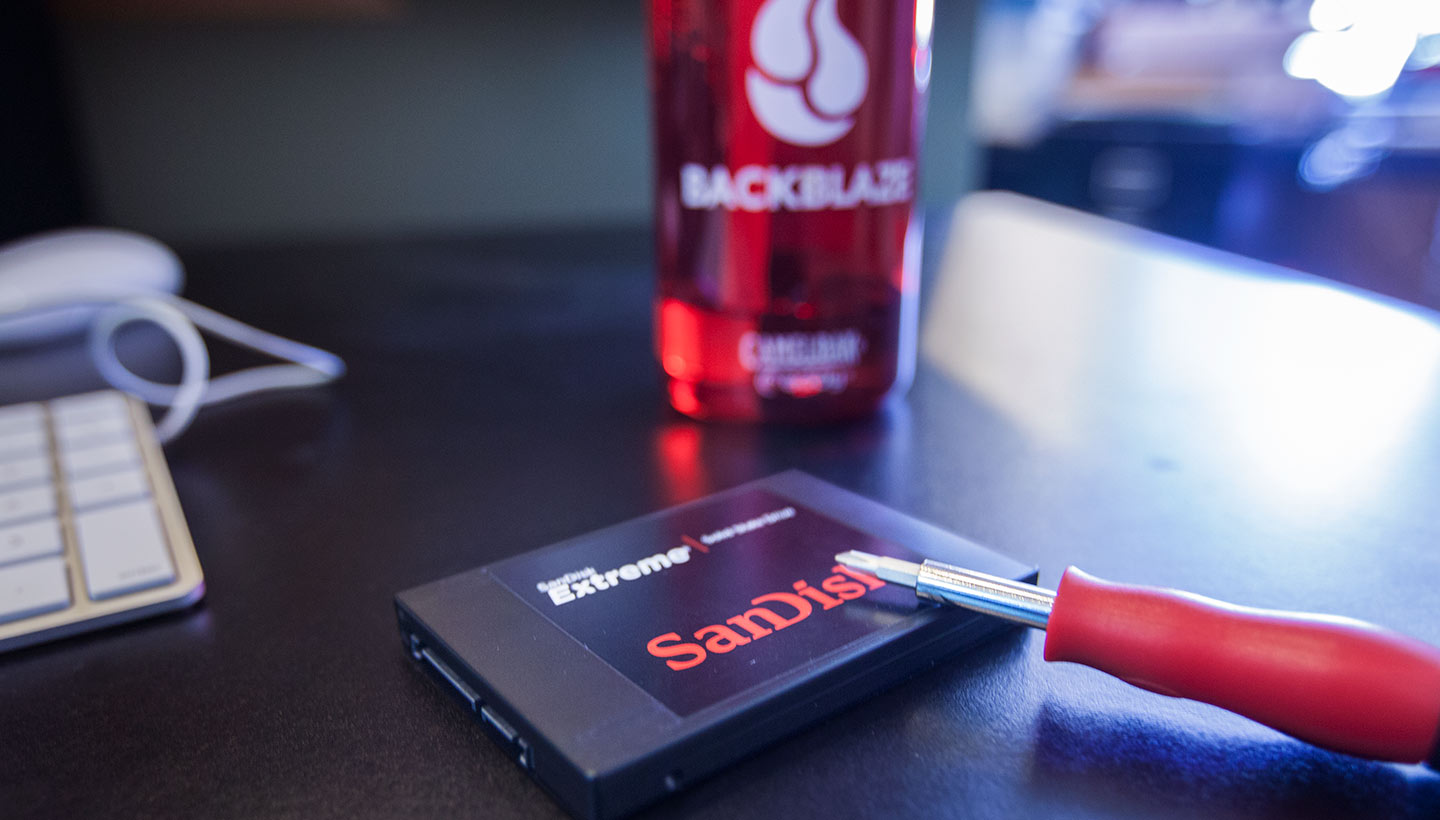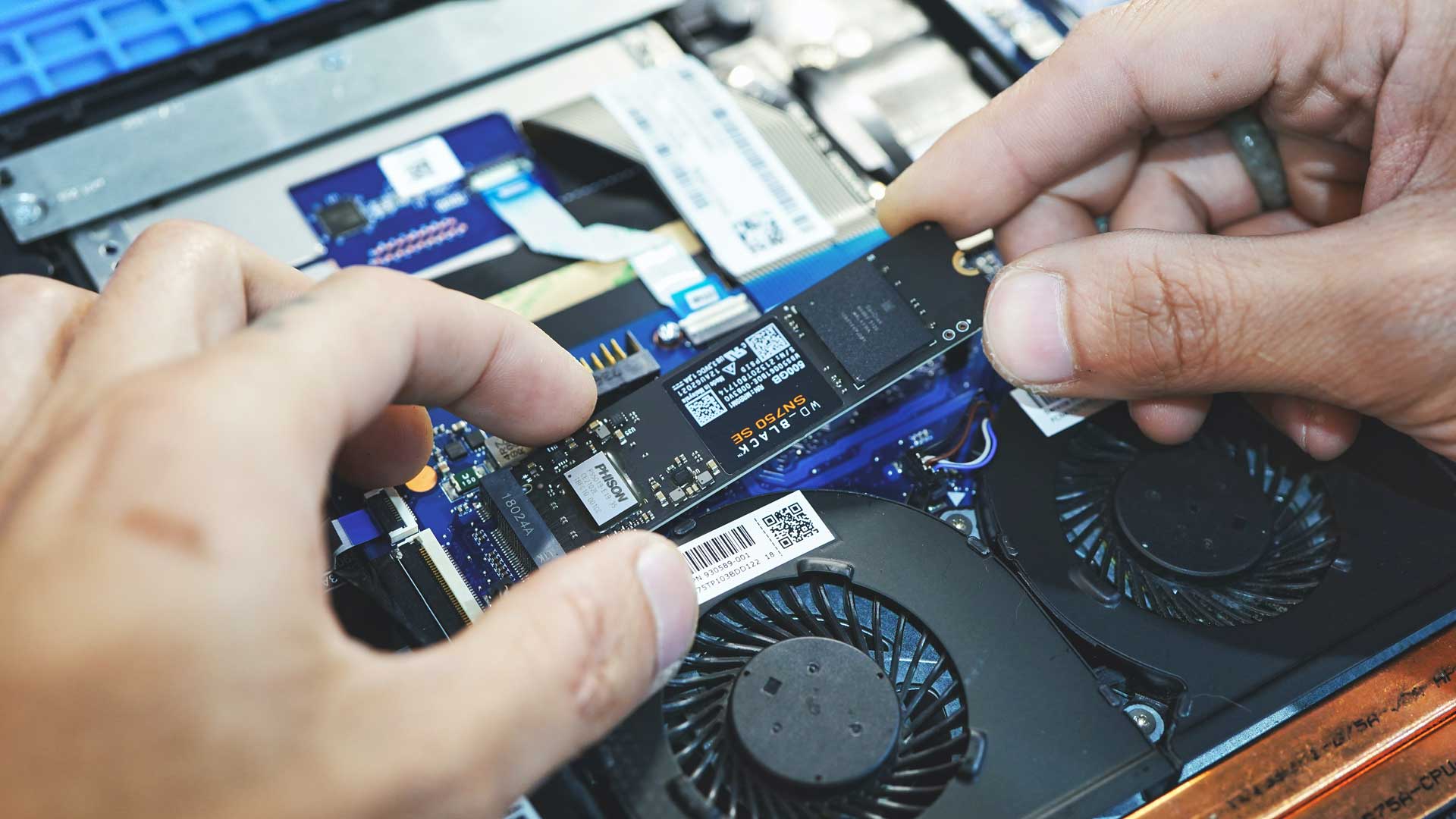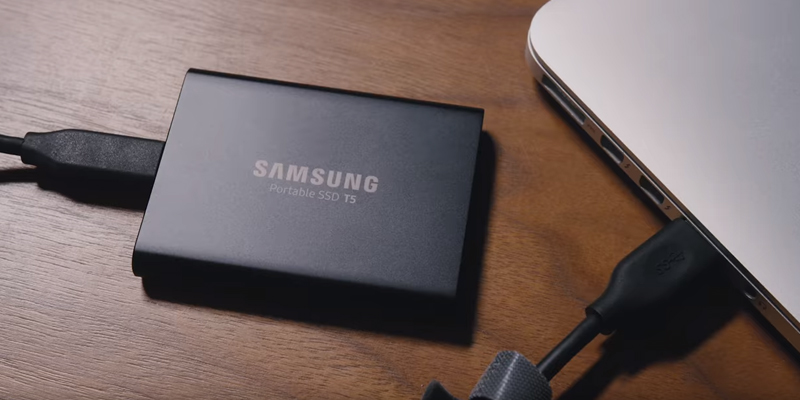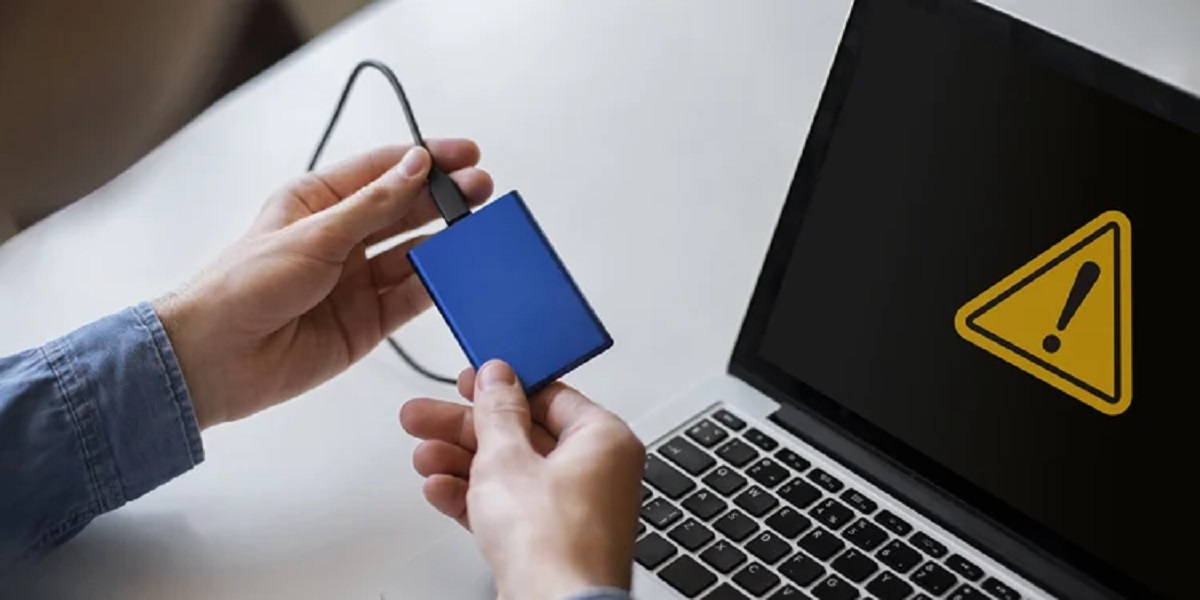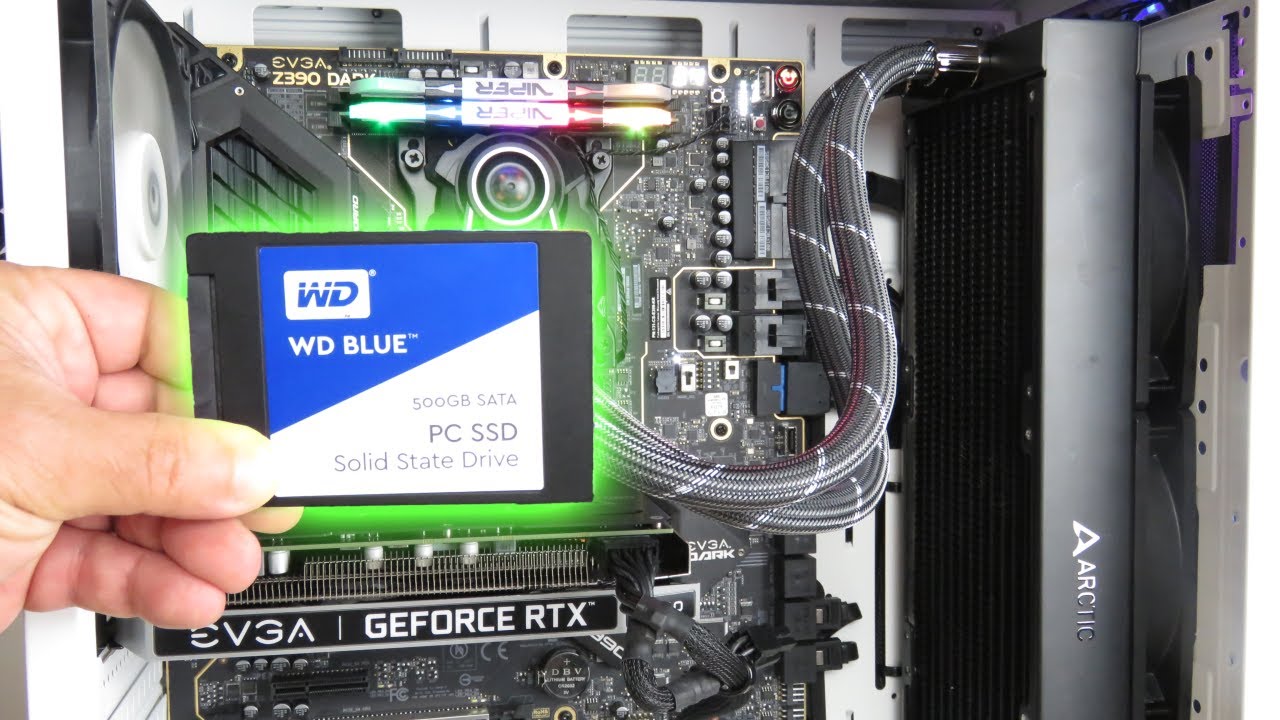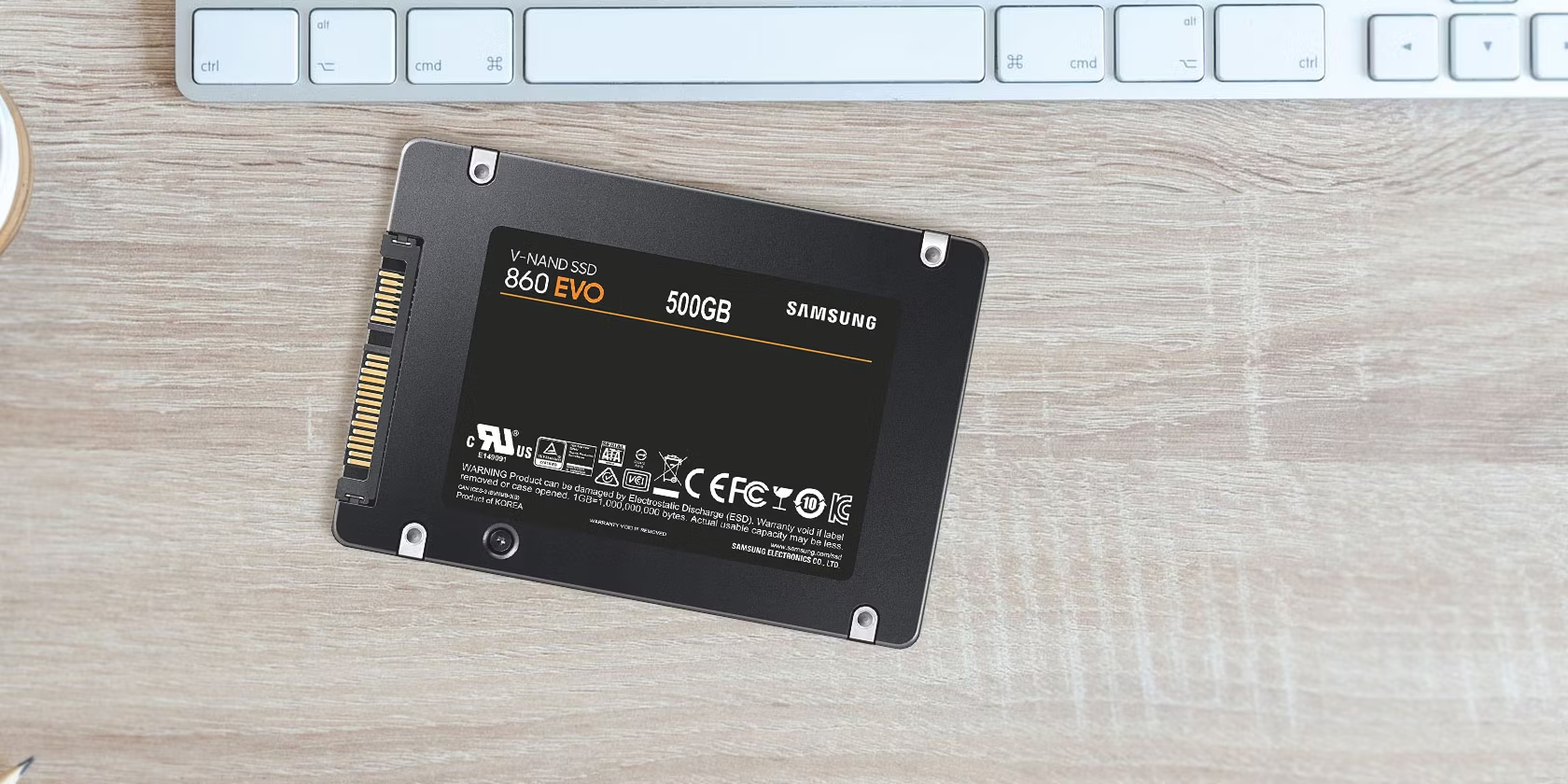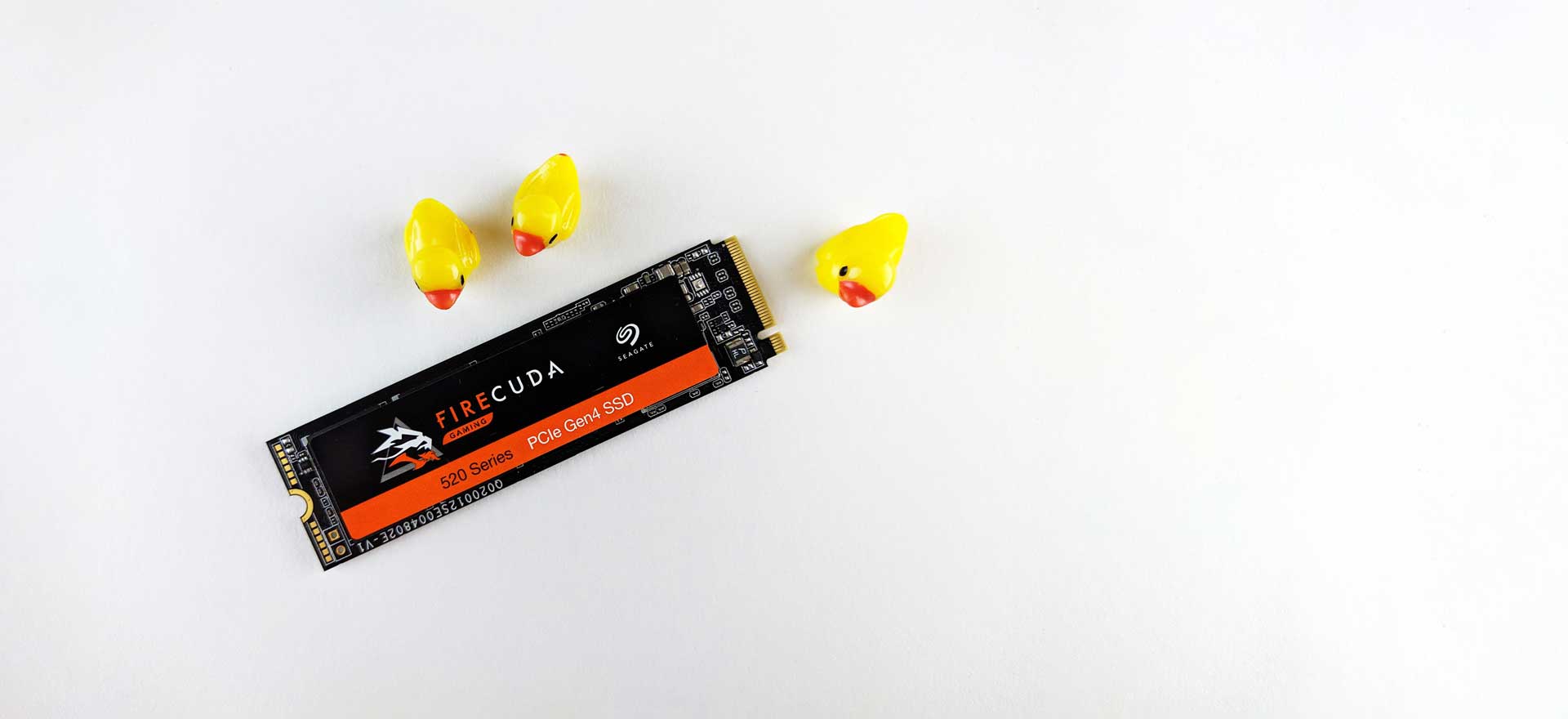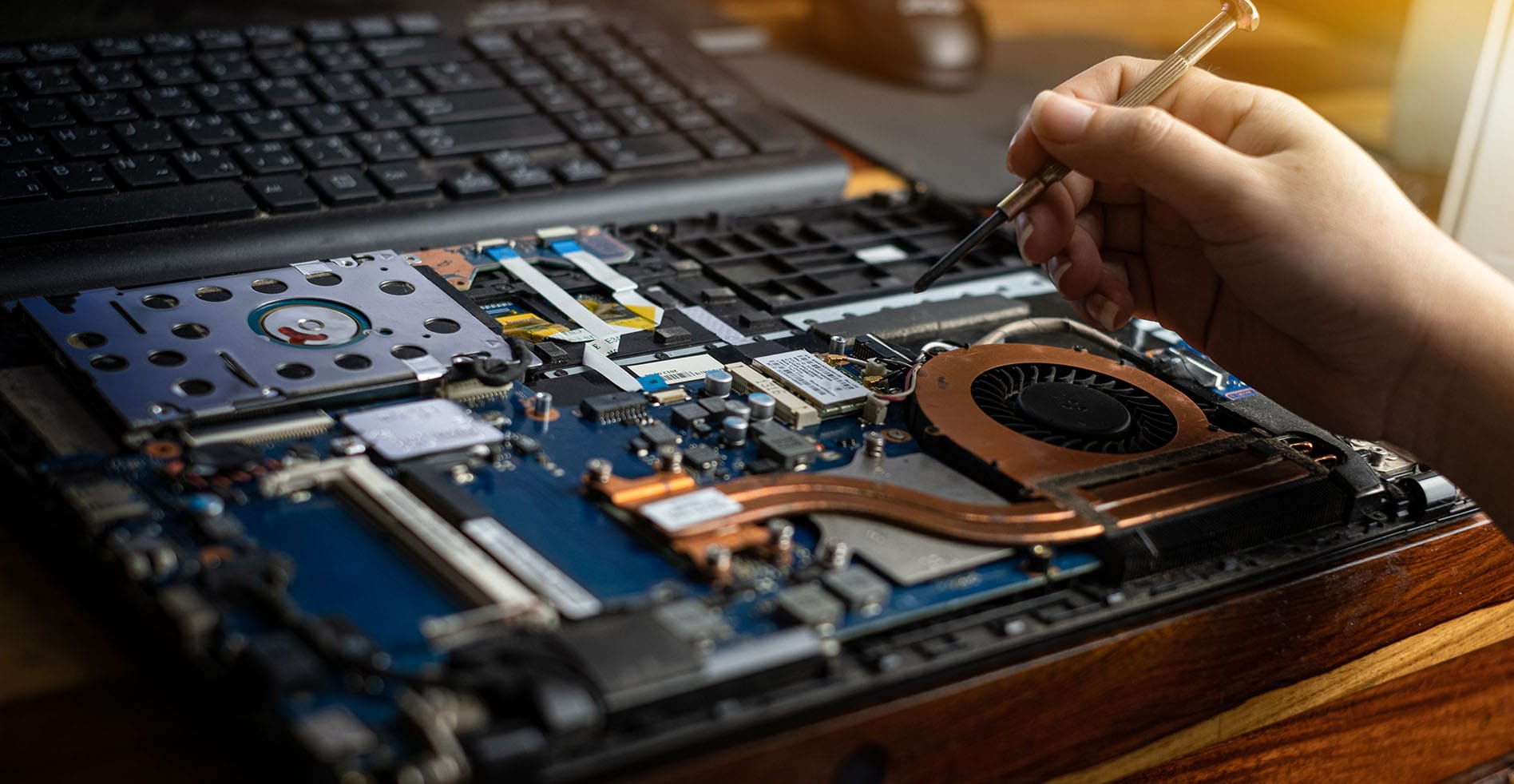Introduction
A solid-state drive (SSD) is a crucial component of modern computer systems, providing faster access to data and improved system performance compared to traditional hard disk drives (HDD). However, like any storage device, SSDs are not immune to corruption or failure.
When an SSD becomes corrupted, it can lead to data loss, system instability, and even complete failure of the drive. It is important to be able to recognize the signs of a corrupted SSD and take appropriate action to mitigate the issue.
In this article, we will explore the signs of a corrupted SSD and outline the troubleshooting steps you can take to address the problem. From running disk check utilities to repairing corrupted files and updating firmware, we will cover various methods that may help in resolving the issues with your SSD.
It is essential to note that attempting to fix a corrupted SSD on your own may carry some risks, particularly if you are not familiar with troubleshooting hardware or software-related problems. If you are unsure or uncomfortable with the steps outlined in this article, it is highly recommended to seek professional assistance.
By following the suggestions and methods provided in this guide, you will be equipped with the knowledge to handle a corrupted SSD effectively and increase the chances of recovering your valuable data.
Signs of a Corrupted SSD
Recognizing the signs of a corrupted SSD is crucial for diagnosing and resolving the issue promptly. Here are some common indicators that your SSD may be experiencing corruption:
- Slow Performance: One of the primary signs of a corrupted SSD is a noticeable decrease in performance. If your computer takes longer than usual to boot, open programs, or access files stored on the SSD, it could be due to corruption.
- System Crashes: Frequent system crashes or blue screen errors can be a result of an unstable SSD. If your computer regularly freezes, restarts unexpectedly, or displays error messages related to disk issues, it may indicate SSD corruption.
- Files and Folders Become Inaccessible: If you are unable to access certain files or folders on your SSD or experience frequent error messages while trying to open them, it could be a sign of corruption. These errors may include “File not found,” “Access denied,” or “The file or directory is corrupted and unreadable.”
- Error Messages: Error messages specific to the SSD, such as “drive not recognized” or “disk boot failure,” are clear indicators of potential corruption. These messages may appear during startup or when attempting to access files on the SSD.
- Disappearing Data: Loss of data or files that were once present on your SSD is a significant warning sign of corruption. If you notice missing files or folders, it is essential to address the issue promptly to prevent further data loss.
- Unusual Noise: Unusual sounds, such as clicking, grinding, or whirring emanating from the SSD, can be indicative of hardware issues that may lead to corruption. These noises suggest that the SSD’s physical components might be damaged or malfunctioning.
If you notice one or more of these signs, it is crucial to take immediate action to prevent further damage to your SSD and potential data loss. The next section will outline the troubleshooting steps you can take to address and resolve the corruption issue with your SSD.
Troubleshooting Steps
If you suspect that your SSD is corrupted, there are several troubleshooting steps you can take to address and resolve the issue. Here are some recommended actions:
- 1. Run Disk Check Utility: The first step is to use the built-in disk check utility provided by your operating system. On Windows, this utility is called “chkdsk,” while on Mac, it’s known as “Disk Utility.” Running these utilities can help identify and fix file system errors on the SSD.
- 2. Repair Corrupted Files: Another effective step is to repair any corrupted files on the SSD. On Windows, you can use the “System File Checker” (sfc) command in the Command Prompt to scan and repair system files. On Mac, the built-in “Disk Utility” application can help in repairing file system errors.
- 3. Update SSD Firmware: Firmware updates often include bug fixes and improvements that can address known issues, including SSD corruption. Visit the manufacturer’s website to check for firmware updates specifically designed for your SSD model. Follow the instructions provided to update the firmware accordingly.
- 4. Reinstall Operating System: If the corruption persists and none of the previous steps have resolved the issue, you may need to consider reinstalling the operating system. Before proceeding, ensure that you have a backup of your important files and follow the appropriate instructions for your specific operating system.
- 5. Seek Professional Help: If you are not comfortable or experienced with troubleshooting hardware or software-related problems, it is best to seek the assistance of a professional. They will have the expertise and tools necessary to diagnose and resolve the issue effectively while minimizing the risk of data loss.
It is important to note that these troubleshooting steps may vary depending on your operating system and SSD model. Always refer to the official documentation or consult with the manufacturer for specific instructions tailored to your situation.
Remember that SSD corruption can lead to data loss, so it’s crucial to have a reliable backup system in place. Regularly backing up your important files and documents can help mitigate the impact of hardware failures or corruption.
Following these troubleshooting steps should help you address and resolve the corruption issue with your SSD. However, if the problem persists or worsens, it may indicate a more severe hardware failure. In such cases, it is recommended to seek professional assistance to avoid further damage to your SSD.
Running Disk Check Utility
Running the disk check utility is one of the initial steps you can take to diagnose and repair a corrupted SSD. This utility is available on both Windows and Mac operating systems and can help identify and fix file system errors that may be causing the corruption. Here’s how you can run the disk check utility on each platform:
- Windows:
- Open the Command Prompt as an administrator by right-clicking on the Start button and selecting “Command Prompt (Admin)” or “Windows PowerShell (Admin).
- Type the command
chkdsk C:and press Enter, replacing “C:” with the drive letter assigned to your SSD. - The disk check utility will scan the drive for errors and attempt to fix them automatically.
- Once the process is complete, restart your computer to see if the corruption issue has been resolved.
- Mac:
- Open the “Disk Utility” application. You can find it by navigating to Finder > Applications > Utilities > Disk Utility.
- Select your SSD from the list of drives on the left-hand side of the window.
- Click on the “First Aid” tab at the top of the window.
- Click on the “Run” button to start the disk check process.
- The utility will scan the SSD for errors and repair them if possible.
- Once the process is complete, restart your computer to check if the corruption issue has been resolved.
It’s important to note that running the disk check utility may take some time, depending on the size of your SSD and the number of errors found. Be patient and allow the utility to complete the process without interruption.
If the disk check utility successfully repairs any errors, it’s advisable to monitor your SSD’s performance and stability over time. Should the corruption issue persist or worsen, it’s recommended to proceed with the additional troubleshooting steps outlined in this article or consult with a professional.
Repairing Corrupted Files
When an SSD becomes corrupted, it can result in file system errors that prevent you from accessing or using certain files. Repairing these corrupted files is crucial for resolving the corruption issue. Here are a few methods you can try to repair corrupted files on your SSD:
- Windows System File Checker:
- Open the Command Prompt as an administrator by right-clicking on the Start button and selecting “Command Prompt (Admin)” or “Windows PowerShell (Admin)”.
- Type the command
sfc /scannowand press Enter. - The System File Checker (SFC) utility will scan your system files and repair any corrupted files it finds.
- Once the process is complete, restart your computer and check if the corrupted file issue has been resolved.
- Using Third-Party File Repair Tools:
- There are various third-party file repair tools available that can help repair corrupted files on your SSD. These tools often have specific file format support and can handle different levels of corruption.
- Research and choose a reputable file repair tool that is compatible with the file types you are trying to repair.
- Follow the instructions provided by the tool to repair the corrupted files on your SSD.
- After the repair process, test the affected files to ensure they are accessible and functioning correctly.
It’s important to note that not all corrupted files can be repaired successfully. The extent of the corruption and the specific file types involved can impact the success rate of file repair attempts.
If the above methods do not resolve the corrupt file issue, you may want to consider restoring files from a reliable backup if you have one. Regularly backing up your important files is a good practice to mitigate the impact of file corruption or data loss.
If the corruption issue persists even after attempting to repair the corrupted files, it may be necessary to proceed with further troubleshooting steps or consult with a professional for assistance.
Updating SSD Firmware
Updating the firmware of your SSD is an effective step to address and resolve corruption issues. SSD manufacturers often release firmware updates that include bug fixes, optimizations, and improvements that can help mitigate problems related to corruption. Here’s how you can update the firmware of your SSD:
- Check the Manufacturer’s Website:
- Visit the official website of your SSD’s manufacturer.
- Search for the support or downloads section where firmware updates are usually available.
- Locate the firmware update specifically designed for your SSD model and download it to your computer.
- Read the Documentation:
- Review the provided documentation or release notes accompanying the firmware update.
- Ensure that the firmware update addresses any known issues related to corruption or stability.
- Follow any specific instructions or precautions provided by the manufacturer.
- Backup Your Data:
- Prior to applying the firmware update, it is crucial to create a backup of your important data.
- In rare cases, a firmware update may cause data loss or other unforeseen issues, so having a backup ensures you can restore your files if necessary.
- Apply the Firmware Update:
- Close all applications and ensure that no important processes are running.
- Double-check that your SSD is properly connected to your computer.
- Run the firmware update executable file that you downloaded earlier.
- Follow the on-screen prompts and instructions to apply the firmware update to your SSD.
- Restart Your Computer:
- After the firmware update is complete, restart your computer.
- Allow the system to boot up normally and check if the corruption issue has been resolved.
Updating the firmware of an SSD is a delicate process, and it is crucial to follow the manufacturer’s instructions carefully. Failing to do so or interrupting the process could result in further issues or even permanent damage to your SSD.
If you are uncomfortable with updating the firmware yourself or are unsure about the process, it is recommended to seek professional assistance or contact the manufacturer’s support team for guidance.
Remember to keep your SSD firmware up-to-date by regularly checking for any new updates from the manufacturer. This proactive approach can help prevent and address potential issues, including corruption, and ensure optimal performance and stability for your SSD.
Reinstalling Operating System
If other troubleshooting steps have not resolved the corruption issue with your SSD, reinstalling the operating system can be a final resort to address the problem. Reinstalling the operating system can help eliminate any software-related factors contributing to the corruption. Here’s how you can reinstall the operating system:
- Backup Your Data:
- Before reinstalling the operating system, it is crucial to back up your important data.
- Copy your important files and documents to an external storage device or cloud storage to ensure they are not lost during the reinstallation process.
- Create Installation Media:
- Obtain the installation media for the operating system you wish to reinstall.
- This could be a USB drive or a DVD with a bootable copy of the operating system.
- If you don’t have installation media, you may be able to create one using official tools provided by the operating system manufacturer.
- Start the Installation:
- Ensure that your computer is connected to a power source and insert the installation media into the appropriate drive.
- Restart your computer and access the BIOS or UEFI settings to boot from the installation media.
- Follow the on-screen prompts to initiate the installation process.
- During the installation, you will be prompted to choose the SSD as the installation destination. Select the SSD and proceed with the installation.
- Follow the Installation Wizard:
- Once the installation process begins, you will be guided through a series of steps by the installation wizard.
- Follow the instructions provided, including choosing the desired language, creating a user account, and selecting additional settings.
- Allow the installation to complete, which may take some time.
- Restore Your Data:
- After the operating system has been reinstalled, you can begin restoring your backed-up data.
- Copy your files back to the appropriate locations on your SSD.
- Ensure that you scan these files with a reliable antivirus software to avoid potential malware or virus transfer.
Reinstalling the operating system will remove all existing data on your SSD, so it’s crucial to have a backup in place beforehand. Additionally, reinstalling the operating system should only be attempted by users who are comfortable with performing advanced computer tasks.
If the corruption issue persists even after reinstalling the operating system, it may indicate a more severe hardware problem. In such cases, it is recommended to seek professional assistance to diagnose and resolve the issue with your SSD.
Seeking Professional Help
If you have followed the troubleshooting steps outlined in this article and are still experiencing issues with your corrupted SSD, it may be time to seek professional help. Professional assistance can provide specialized expertise and tools to diagnose and resolve the problem effectively. Here are some reasons why you might consider seeking professional help:
- Complex Hardware Issues:
- Data Recovery:
- Warranty Considerations:
- Peace of Mind:
- Preventing Future Issues:
If the corruption is caused by hardware-related problems, such as a faulty SSD controller or damaged connectors, professional technicians have the knowledge and experience to diagnose and fix these complex issues.
If the corruption has led to data loss, professional data recovery services can help retrieve your valuable files. They have specialized tools and techniques to recover data from damaged or inaccessible SSDs.
If your SSD is still under warranty, attempting to fix the problem yourself may void the warranty. Seeking professional help ensures that your warranty remains intact, allowing you to take advantage of any necessary repairs or replacements.
If you are not confident in your technical abilities or do not have the time and resources to troubleshoot the issue, consulting a professional provides peace of mind. They can take care of the problem swiftly and efficiently, minimizing the risk of further damage to your SSD.
Professionals can also offer advice and guidance on how to prevent future SSD corruption. They can recommend best practices for data backup, firmware updates, and regular maintenance to ensure the stability and longevity of your SSD.
When seeking professional help, ensure that you choose a reputable and reliable service provider. Research customer reviews and ratings, check for certifications, and inquire about their experience with SSD-related issues.
Remember that professional help may come at a cost, but it is often a worthwhile investment to ensure the proper functioning and longevity of your SSD.
If you decide to seek professional assistance, be sure to provide them with detailed information about the troubleshooting steps you have already taken. This will help them accurately diagnose and address the issue.
By turning to professionals, you can have peace of mind knowing that your corrupted SSD is in capable hands, and they will work towards a resolution that restores the functionality of your SSD and potentially recovers any lost data.
Conclusion
Dealing with a corrupted SSD can be a frustrating experience, but with the right knowledge and steps, you can address and resolve the issue effectively. In this article, we have explored the signs of a corrupted SSD and outlined various troubleshooting steps to help you mitigate the problem.
By recognizing the signs of a corrupted SSD, such as slow performance, system crashes, inaccessible files, error messages, disappearing data, and unusual noises, you can take timely action and prevent further damage.
We have discussed essential troubleshooting steps, including running disk check utilities, repairing corrupted files, updating SSD firmware, and reinstalling the operating system. These steps provide a comprehensive guide to addressing the corruption issue and restoring your SSD’s functionality.
However, it’s important to remember that attempting to fix a corrupted SSD on your own may carry some risks, especially if you are not familiar with hardware or software troubleshooting. If you are unsure or uncomfortable with the steps outlined in this article, it is highly recommended to seek professional assistance.
Seeking professional help can ensure that complex hardware issues are properly diagnosed and resolved, data recovery is performed safely, and warranty considerations are taken into account. Additionally, professionals can provide guidance on preventing future issues and maintaining the stability and longevity of your SSD.
In conclusion, dealing with a corrupted SSD requires a combination of technical knowledge, patience, and the right course of action. By following the troubleshooting steps outlined in this article and considering professional help when necessary, you can overcome SSD corruption, restore functionality, and prevent potential data loss.







